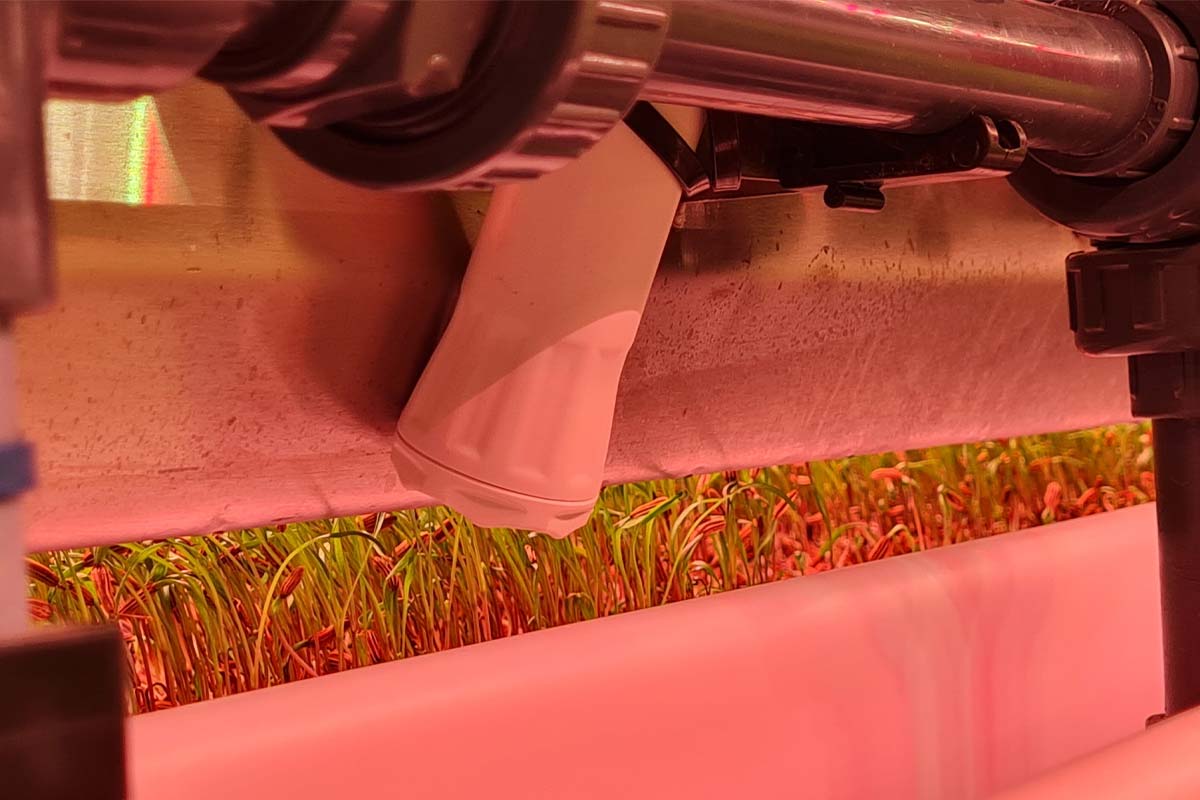Zero Carbon Farms run a microgreens salad and herb growing operation in the most unusual of places, in former WWII air raid shelters in central London. Through their sustainable growing and on-site packaging practices and supply to local retailers and restaurants, Zero Carbon Farms have exceeded their Zero carbon footprint, in 2021 they became a Certified Carbon Neutral + Organisation.
Due to the atypical growing environment 33m below ground, it is essential to monitor and optimise temperature, ventilation, humidity, irrigation, and lighting conditions for the 14 plant varieties grown. It is also important to maintain a clean growing area free of bulky equipment and cabling that might introduce biohazards, impacting food safety.
Zero Carbon Farms use Aranet wireless sensors for multiple reasons:
Easy installation and deployment – no hard wiring and simple pairing procedure to the router.
Flexibility – manoeuvrability of the sensors
Compactness – small footprint and food-safe design.
Robustness – rugged sensor technology with IP67 enclosures
Cost-effectiveness – high performance: price ratio
Low cost of ownership – changeover of batteries every 5-7 years.
Phenomenal wireless signal strength – one router for entire tunnel section.
PC and cloud based (remote) central monitoring system
Aranet humidity/temperature and CO2 sensors, also third party E+E Elektronik air velocity probes with Aranet analogue to wireless signal converters send data to the sensorHub for viewing on a local PC or remotely via the cloud.
With expertise provided by Cambridge Engineering Department and the Alan Turing Institute, data from the Aranet system and other instrumentation is fed into a data repository to create a time and spatial distribution data feed that not only maps the current environment but also predicts the environment up to 3 days ahead in the growing tunnel. This information is used to plan the most productive crop layout, for fine control of the growing environment using supplementary fans, heating or dehumidifiers and to enable early intervention to avoid situations which might otherwise have damaging consequences, for example, high temperature incoming air for ventilation during a summer heat-wave.







